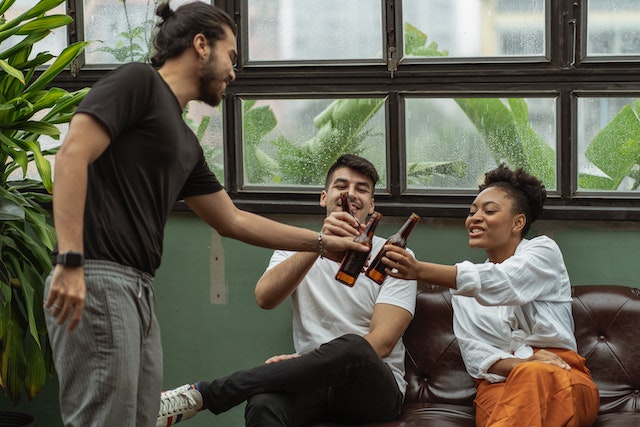Studies show Psychological Therapy’s high effectiveness and efficiency in treating anxiety compared to drugs.
When a person with anxiety problems comes to see us, they are expected to ask us what is better if anxiety drugs or psychological therapy, or if anxiety can be treated without drugs.
Defining the concept of “Anxiety” is somewhat complex since it is normal to find confusion among the general public and health professionals.

Anxiety is an anticipatory response to future harm or misfortune accompanied by unpleasant dysphoria, somatic symptoms of stress, or avoidance behaviors.

In other words, there is, therefore, a consensus that anxiety itself is not a disorder but rather a normal adaptive response to the environment.

The definition collected by the Working Group of the Clinical Practice Counselor for the Management of Patients with Anxiety Disorders in a family practitioner, 2008, would be:
Only when it exceeds a certain intensity or duration or exceeds the person’s adaptive capacity and causes discomfort or significant deterioration with physical and psychological symptoms can it be considered pathological?
There is some confusion between anxiety, anguish, and stress, which are used interchangeably and confusing.
Although it seems generally accepted that the concept of anxiety refers to a combination of different physical and mental manifestations before a forecast of a dangerous situation, which predisposes the body to face this potential threat, that is, it would be an adaptive mechanism that anticipates potential dangers and prepares us for action.
Anxiety is a multidimensional response. That is, we can differentiate three interrelated components between them:
It is the most visible response; it is about external behaviors, behaviors that appear as a consequence of an increase in activation (trembling, stuttering), or behaviors that are launched to escape or avoid the event considered as threatening (freeze, flee, not approach, attack, etc.).
These are the consequences of the activation of the nervous system that arises before the anticipation of the situation considered as threatening, which implies physiological changes such as sweating, increased heart rate, blood pressure, sphincter relaxation, etc.
They are all the cognitions that appear before the possible threat, it refers to the thoughts, beliefs, interpretations, or sensations that arise automatically and involuntarily (fear, discomfort, fear, feeling of being in danger, apprehension, etc.)

These responses interact, producing a conditioning of one another, which implies constant feedback from the three systems (physiological, cognitive, and motor).
Pharmacological treatment would directly reduce physiological symptoms; that is, it considers anxiety and depression as a “biochemical imbalance” that is tried to be corrected by acting on neurotransmitters.
In short, it is about preventing the body from reacting to threatening situations.
Two large groups of anxiety medications are generally used to reduce these symptoms: anxiolytics and antidepressants.
Anxiolytics
Within this group, we find the famous benzodiazepines, one of the most prescribed drugs.
Benzodiazepines are drugs that have a relaxing and anticonvulsant effect. They act by enhancing Gamma Amino Butyric Acid (GABA), an inhibitor of the Central Nervous System, reducing neurophysiological activation.
According to the duration of their effect, they are classified as:
- Short Action:Its effects last up to 8 hours, and this group includes mainly Midazolam, Triazolam, and Bentazepam.
- Intermediate Action:The effects last between 8 to 24 hours; within this group, Bromazepam, Alprazolam, Lorazepam, Pinazepam, temazepam, and oxazepam, among others.
- Long Action:Its effects exceed 24 hours, and here are Clorazepate, Diazepam, Flurazepam, nitrazepam, and chlordiazepoxide.
